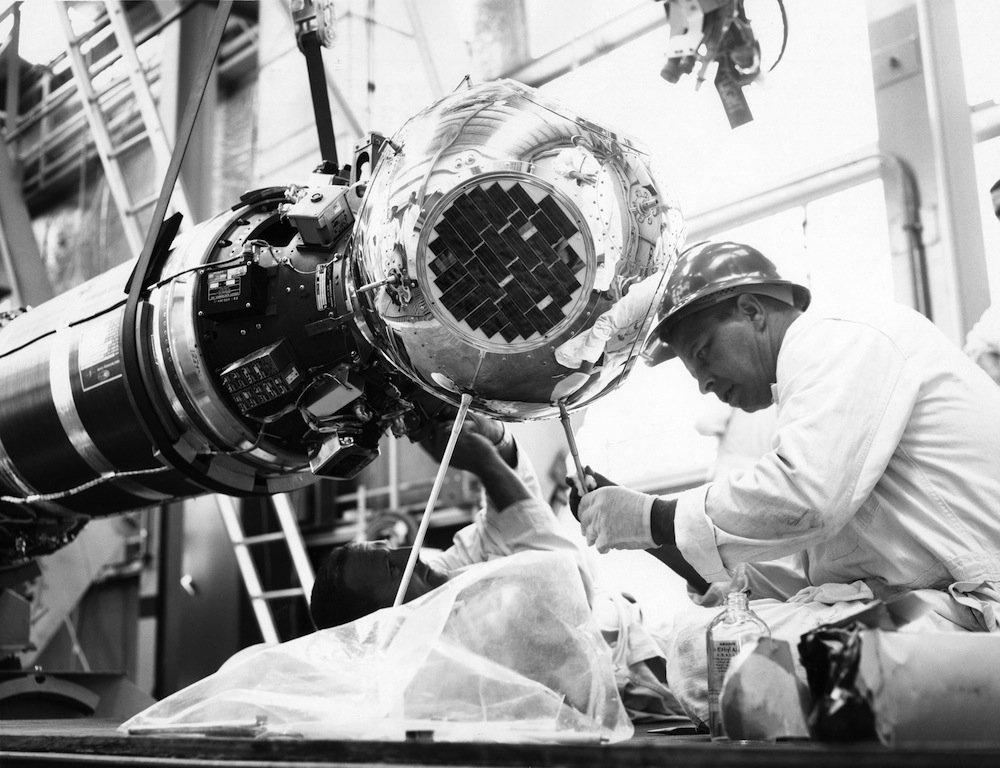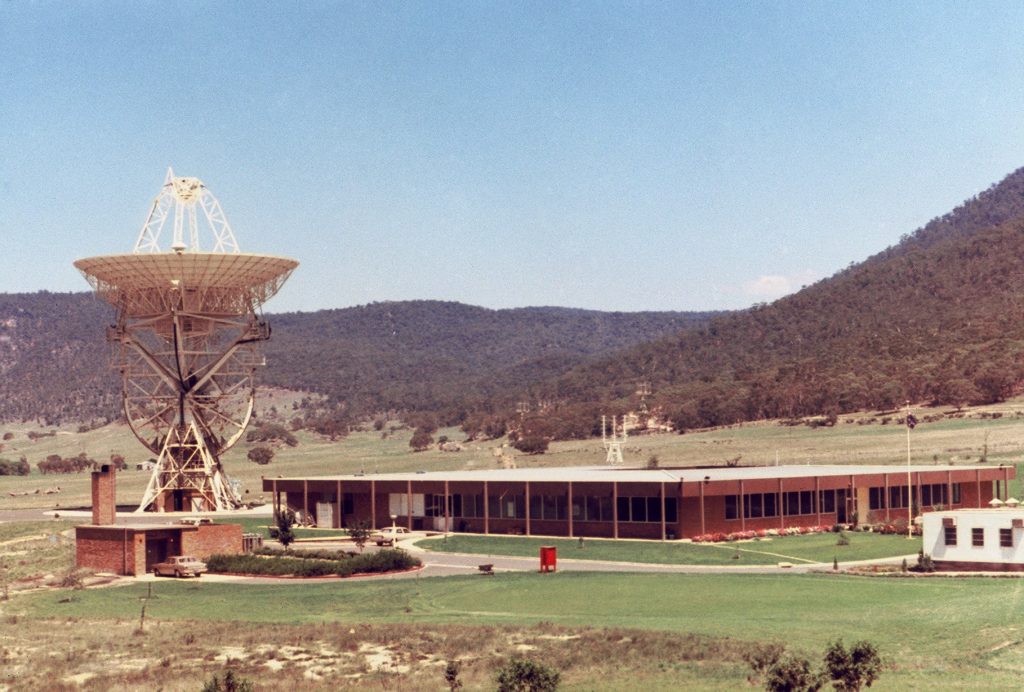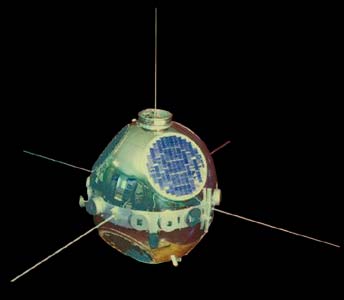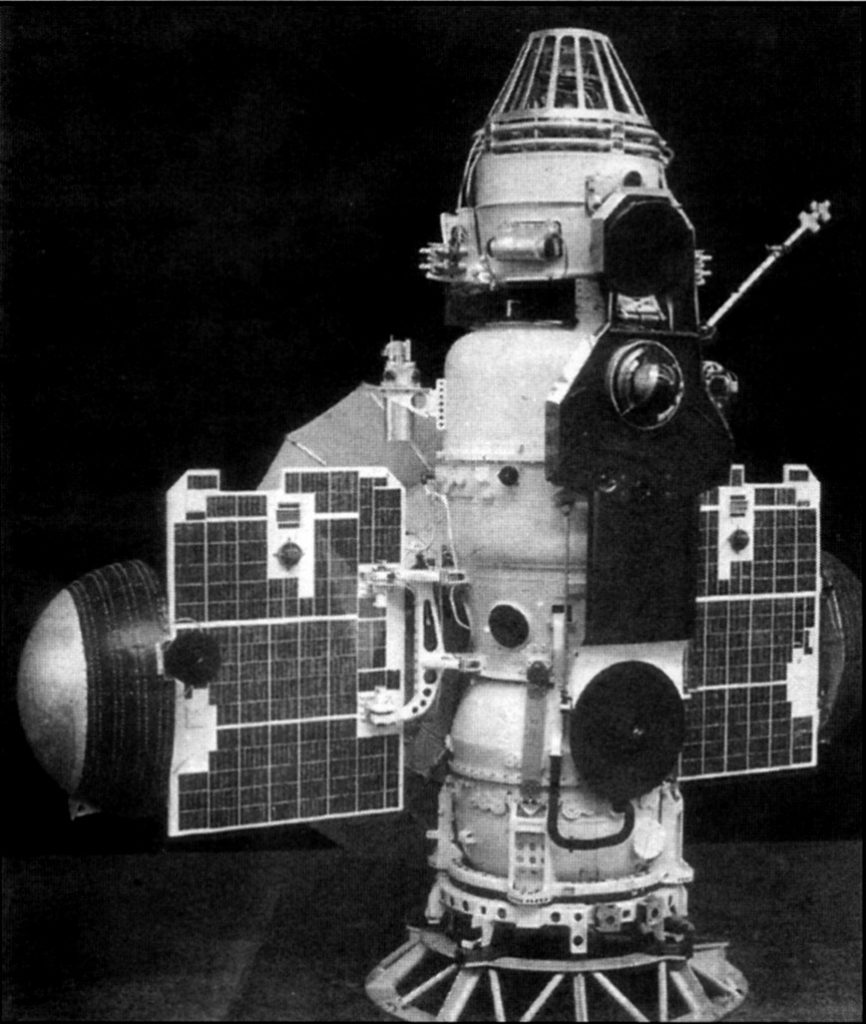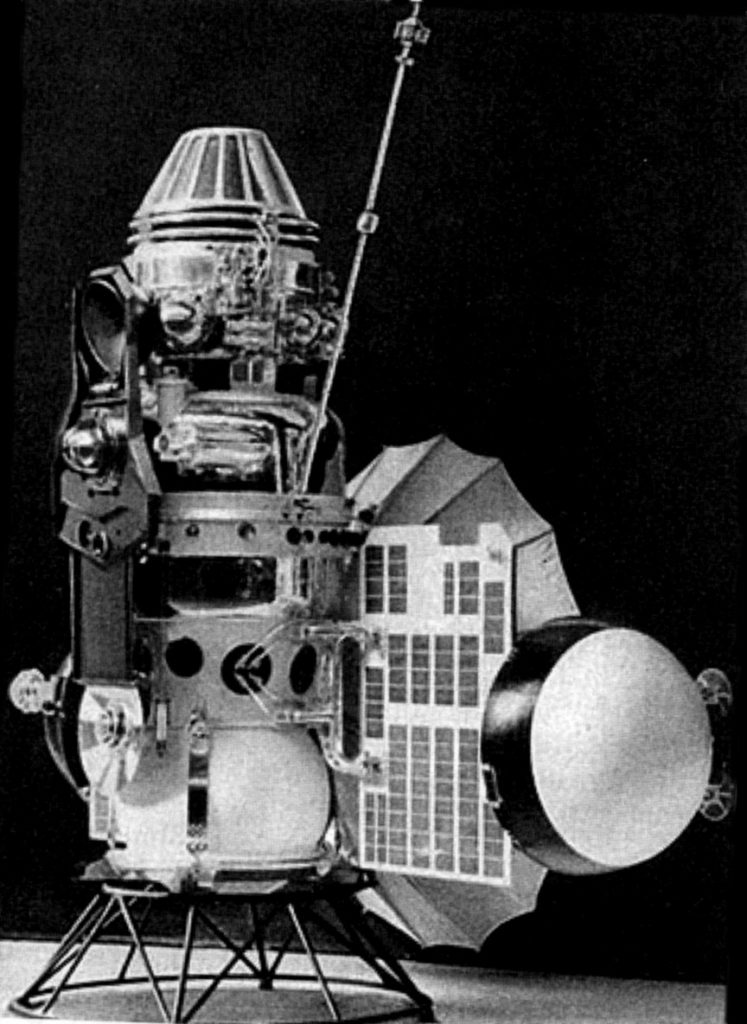
by Kaye Dee
A few days ago, Gemini 10 returned from the most ambitious US spaceflight to date. It literally took the Gemini programme to new heights and has firmly cemented the United States’ lead over the Soviet Union in the race to the Moon. Featuring not one, but two orbital rendezvous and two EVAs, Gemini 10 was a complex mission designed to increase NASA’s experience with these two techniques vital to the success of the Apollo lunar programme.
Designed by astronaut John Young’s wife Barbara, the Gemini 10 patch is simple, but highly symbolic. It features the Roman numeral 10 and two stars representing the two rendezvous attempts; Castor and Pollux (the two brightest stars in the constellation Gemini); and the two crew members. A stylized rendezvous is also depicted.
Crew for a Complex Mission
The Command Pilot for Gemini 10 was US Navy Commander John Young (left in the picture below), making his second spaceflight after acting as the Pilot of Gemini 3. Sitting in the right-hand seat as Pilot was US Air Force Major Michael Collins. A member of NASA’s third astronaut group, he is the first astronaut born outside the United States: his father is an Army officer and was stationed in Rome at the time of Collins’ birth.
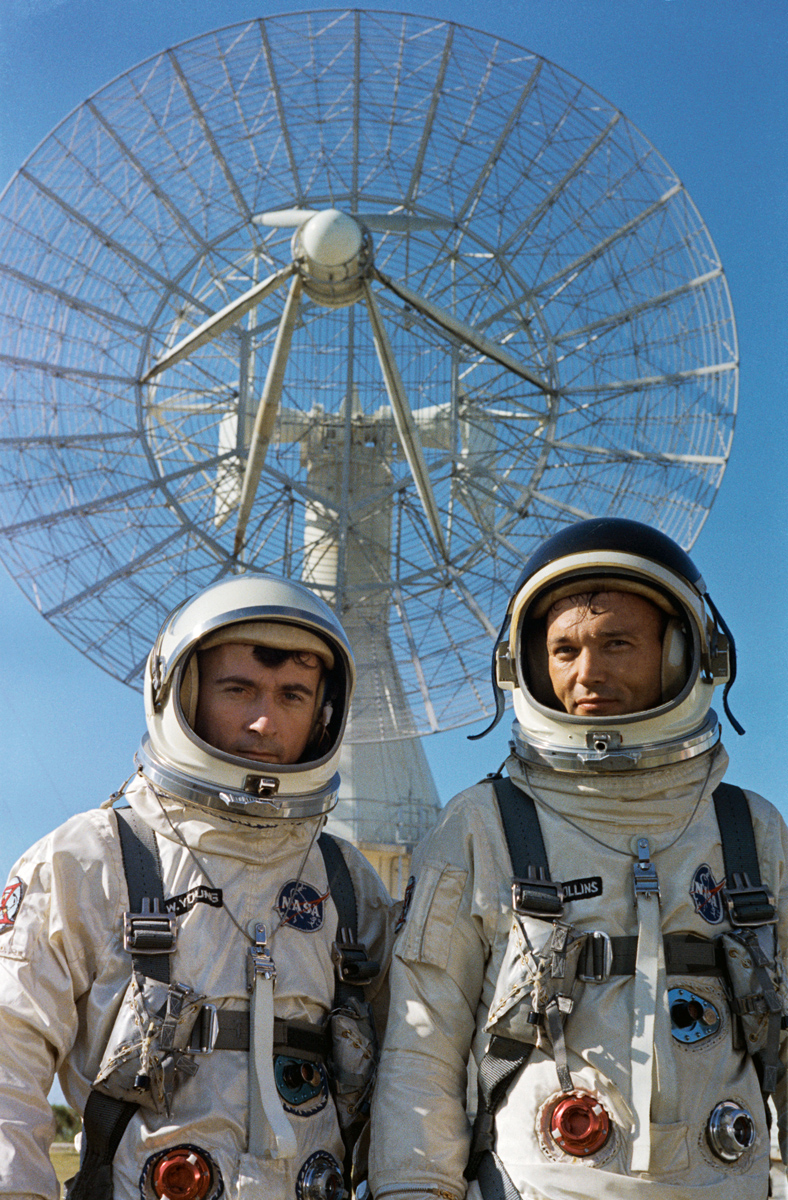
Critical Timing
Blasting off on July 18, Gemini 10 was the first dual launch of a target vehicle and a manned Gemini flight to occurr exactly as planned. Launch timing was crucial, as Gemini 10 had only a 35-second window if it was going to rendezvous with two Agena targets in different orbits. The launch of the first rendezvous target, Agena 10, could not be delayed by more than 28 minutes, or it would result in a two-day wait until the second Agena already in orbit (originally launched for Gemini 8) would again be in position for the dual rendezvous plan to succeed. Agena 10 lifted off just two seconds late. One hundred minutes later it was followed by Gemini 10, launching exactly on time.
An amazing timelapse photo of Gemini 10's launch, showing the supporting rocker arm tower falling away
First Rendezvous
Despite the perfect launch, the path to Gemini 10’s first rendezvous was not completely smooth. An error made by John Young during the second burn – needed to rendezvous with the Agena about 160 miles above the Earth – required two additional burns to correct. By the time Gemini 10, on its fourth orbit, rendezvoused and docked with Agena 10, 60% of its fuel had been consumed. This placed constraints on the remainder of the mission, leading to the cancellation of several scheduled scientific experiments and additional docking practice.
Fortunately, the docking itself was successful and Mission Control decided to keep Gemini 10 docked to the Agena as long as possible. The target vehicle carried 3,400 pounds of fuel, some of which could be used for attitude control of the docked vehicles.

Docked to the nose of Agena 10, Gemini 10 Pilot Michael Collins took this impressive photograph of the Agena's engine firing as it boosted them to a record altitude
Rocketing to New Heights
Most of that fuel was needed for the second phase of Gemini 10’s mission. About seven and a half hours after launch, an 80 second burn of the Agena engine hurtled Young and Collins to an altitude of 474 miles, the farthest anyone has so far been from the Earth. This new record completely eclipses the previous record of 310 miles set by Voskhod 2 last year.
As the Gemini was docked nose-to-nose with the Agena, Young and Collins were flying ‘backwards’ as the rocket thrust them towards the higher altitude in a wild ride. Despite their unique vantage point, much of the view from the crew’s windows was blocked by the bulk of the Agena in front of them, so Young and Collins took very few photos: instead, they concentrated on their spacecraft’s instruments, especially the radiation dosage. The crew was particularly concerned about the radiation levels at their record-breaking altitude, as the lower edge of the inner Van Allen radiation belt was only about 150 miles above them. Fortunately, their instruments showed that the radiation levels at that altitude posed no danger to human life.
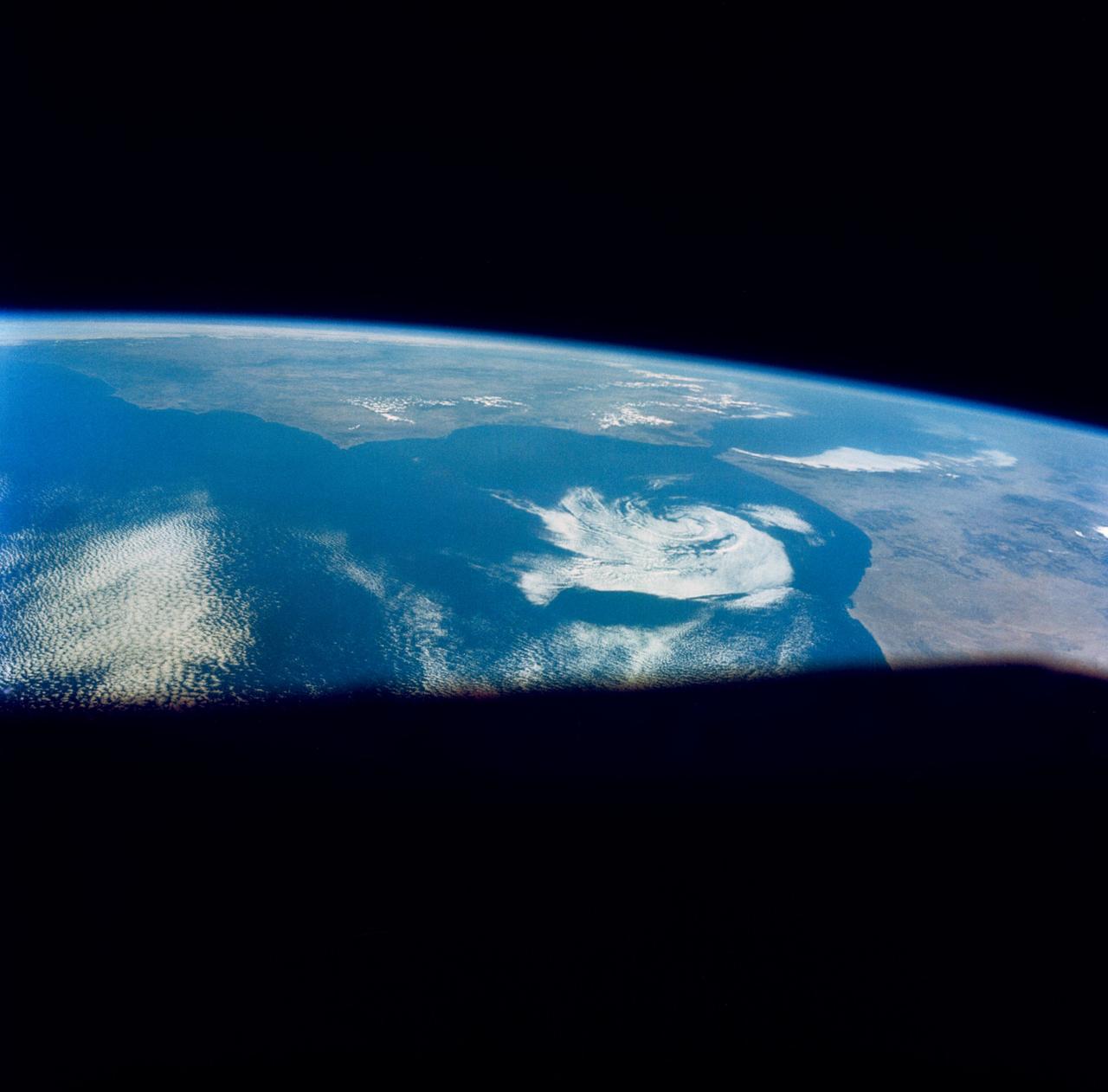
One of the few photos taken by the Gemini 10 crew at their record altitude, showing the curvature of the Earth. The Straits of Gibraltar are visible, with Europe to the left and North Africa to the right
Speaking of radiation, while Gemini 10 was orbiting aloft, France tested another nuclear weapon at Mururoa Atoll in the South Pacific. Although the astronauts were high too high above the blast zone for radiation to be an issue, Young and Collins were warned not to look at its blinding flash as they passed overhead.
When is a Spacewalk not a Spacewalk? When It’s a “Standup EVA”!
The Gemini crew began their second day in space with the news that they had enough fuel to complete the next phase of their mission, the rendezvous with Gemini 8’s Agena target vehicle. Another wild ride, pushed by Agena 10, lowered the Gemini to a new orbit with an apogee of 237 miles. Now the crew began to prepare for the mission’s first EVA, which would not see an astronaut actually leave the spacecraft.
As an orbital sunset approached, Collins opened his hatch, exposing both astronauts to the space environment to perform a “standup EVA”. Standing in his seat with the upper part of his body outside the spacecraft, for a view unconstrained by its small windows, Collins commenced a photographic study of stellar ultraviolet radiation. He took 22 images of the southern Milky Way, scanning from Beta Crucis to Gamma Velorum (though, unfortunately, few of the images have proved scientifically usable). As Gemini 10 passed from night back to day, Collins also photographed a colour patch on the exterior of the spacecraft, to see if film could accurately reproduce colors in space. This task was cut short, though, when both Collins and Young experienced an eye irritation that caused their eyes to tear, making it difficult to see. As I write this article, the cause of this irritation is still uncertain, although it is thought to be a leak of lithium hydroxide in the environmental system.
Second Rendezvous
Gemini 10’s third day in space was its most complex and hazardous, commencing with the rendezvous with Agena 8. For the final time, Agena 10 fired its engine, to bring the docked spacecraft within 70 miles of Agena 8. At this point Gemini 10 discarded the Agena, which remains in orbit for use as a target by a future Gemini mission. Gemini 10 continued under its own power, for the first time in almost 48 hours, to reach Agena 8.
The former Gemini 8 target, having been in space since March, was essentially dead, without any power. Commander Young completed the critical final stage of rendezvous without the help of bright running lights and target radar, while trying to conserve enough fuel to let Collins take a one-hour spacewalk. He successfully guided the Gemini to within 10 feet of Agena 8, maintaining station close to the target vehicle without docking. This unique rendezvous simulated the rescue of astronauts from a spacecraft that had lost all electrical power.
A “Working” Spacewalk
With enough maneouvring fuel still available, Collins’ second EVA was now Go! Dubbed a “working spacewalk”, this EVA involved activities around the exterior of Gemini 10 and a traverse across to Agena 8. Like Gene Cernan on Gemini 9, Major Collins experienced difficulties in conducting his EVA tasks, demonstrating the need for more hand- and footholds on the exterior of future space vehicles. Nevertheless, he retrieved a micrometeorite collector from the exterior of the Gemini, containing experiments from Britain, Israel and West Germany. Unfortunately, this collector was later lost in space, apparently floating out of the spacecraft before the final hatch closing.
Another micrometeorite collector was located on Agena 8. After one failed attempt to retrieve it, Collins used an experimental nitrogen-propelled “jet gun”, the Hand-Held Maneuvering Unit, to propel himself back to the Agena. This time he successfully retrieved the micrometeorite experiment, which is of particular scientific interest because of its long duration in orbit. There are no photos of the spacewalk available, but these training images give some idea of the complexity of the operations. However, low propellant quantity curtailed the spacewalk after only 39 minutes, instead of the originally planned hour. The crew experienced some difficulty in closing the hatch, due to the snake-like 50-foot umbilical used for Collins’ spacewalk and it was later jettisoned, along with the chestpack used by Collins and some other equipment an hour later.
Return to Earth
About 63 hours into the flight, Young and Collins awoke to homecoming day, completing some final experiments, mostly involving photography of the Earth. Then, 70 hours and 10 minutes after liftoff, re-entry commenced and Young steered Gemini 10 to a pinpoint landing in the Atlantic only three and a half miles from the aiming point. The crew of the prime recovery vessel, the USS Guadalcanal, watched the spacecraft hit the water, as did millions of television viewers via the Early Bird satellite (though not us here in Australia, as we do not yet have access to satellite communications: it’s coming soon, though!).

For the first time the children of the recovery ship crew were allowed to be aboard to watch the splashdown and recovery. Here they join the party celebrating Gemini 10's safe return from a record-setting mission
Gemini 10 was certainly a mission for the record books: I can’t wait to see what further developments Gemini 11 will bring in just a couple of months’ time.


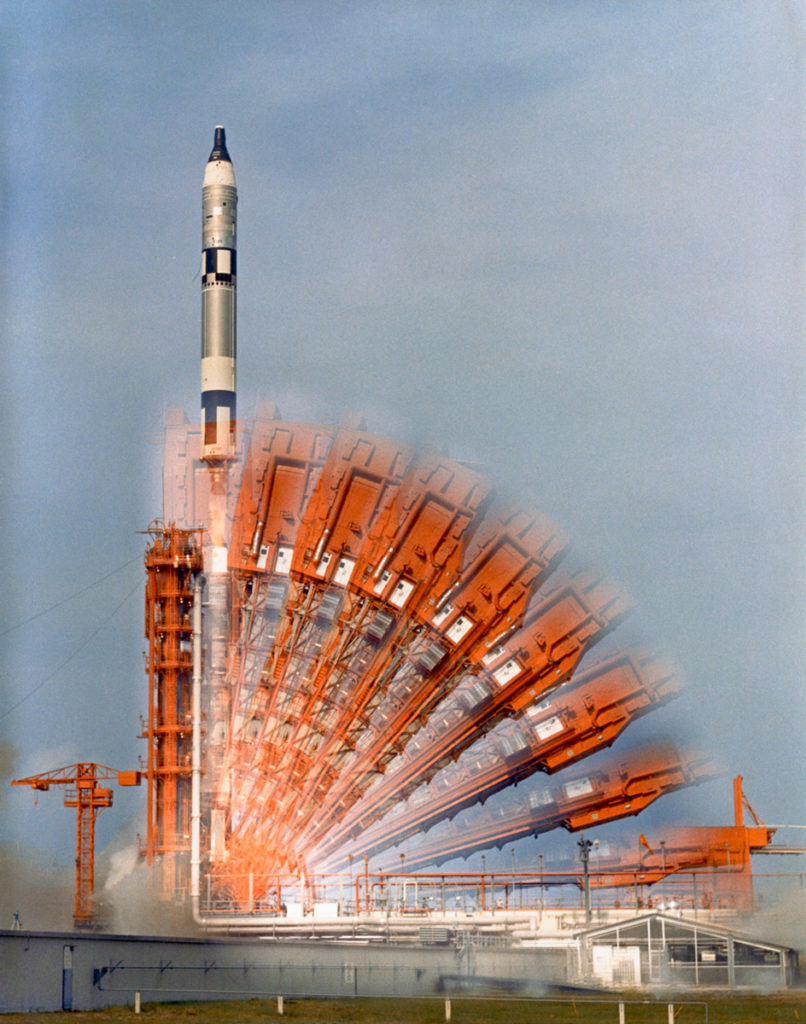

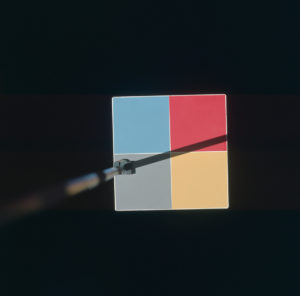
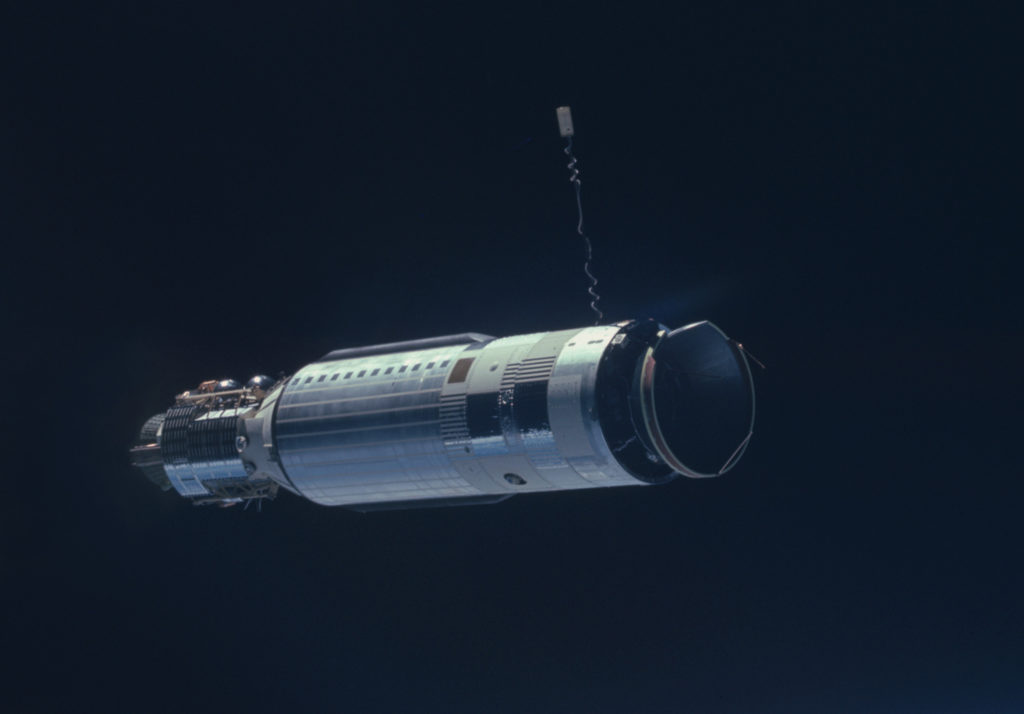
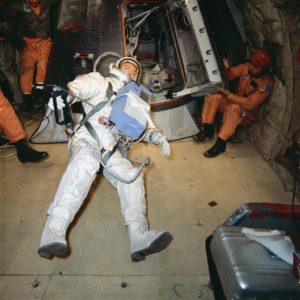
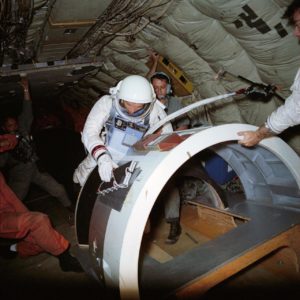

![[July 16, 1966] Onward and Upward! (Apollo, Australia, and OV)](https://galacticjourney.org/wp-content/uploads/2021/07/660705launch4-1-672x372.jpg)

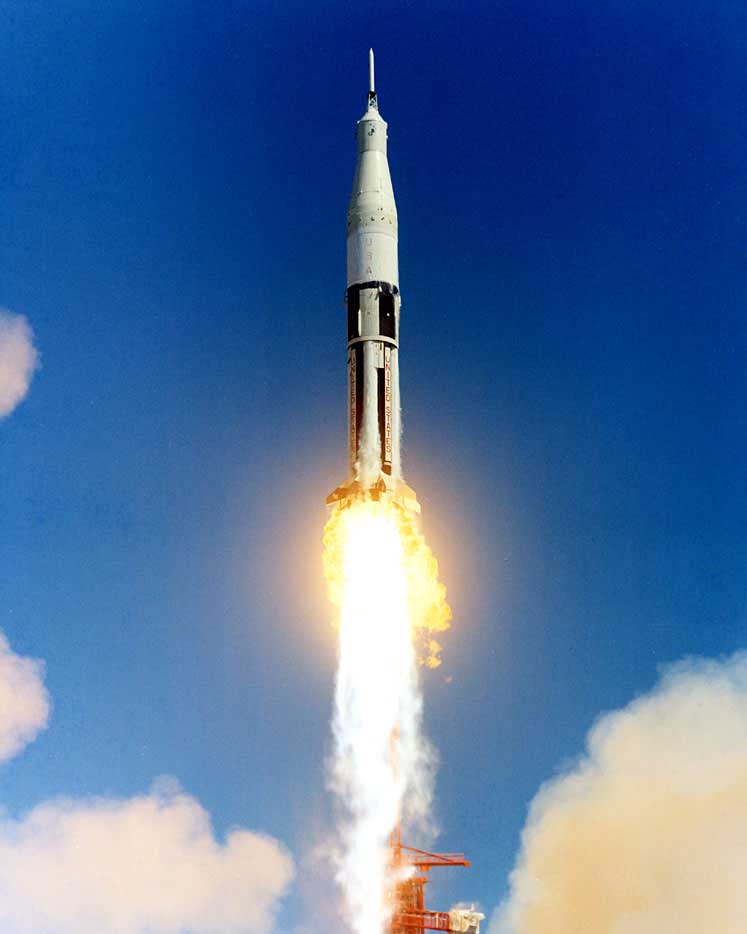


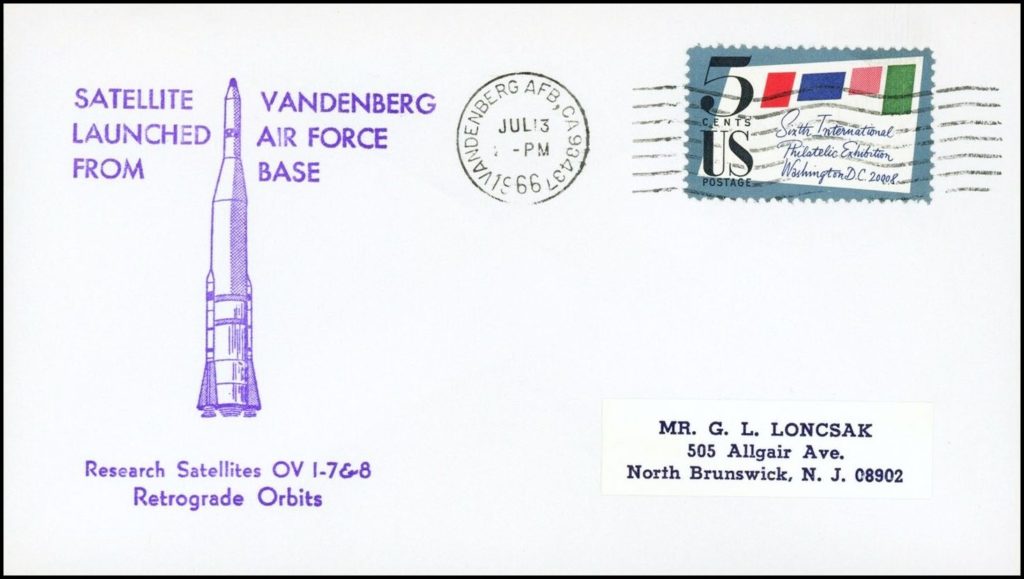
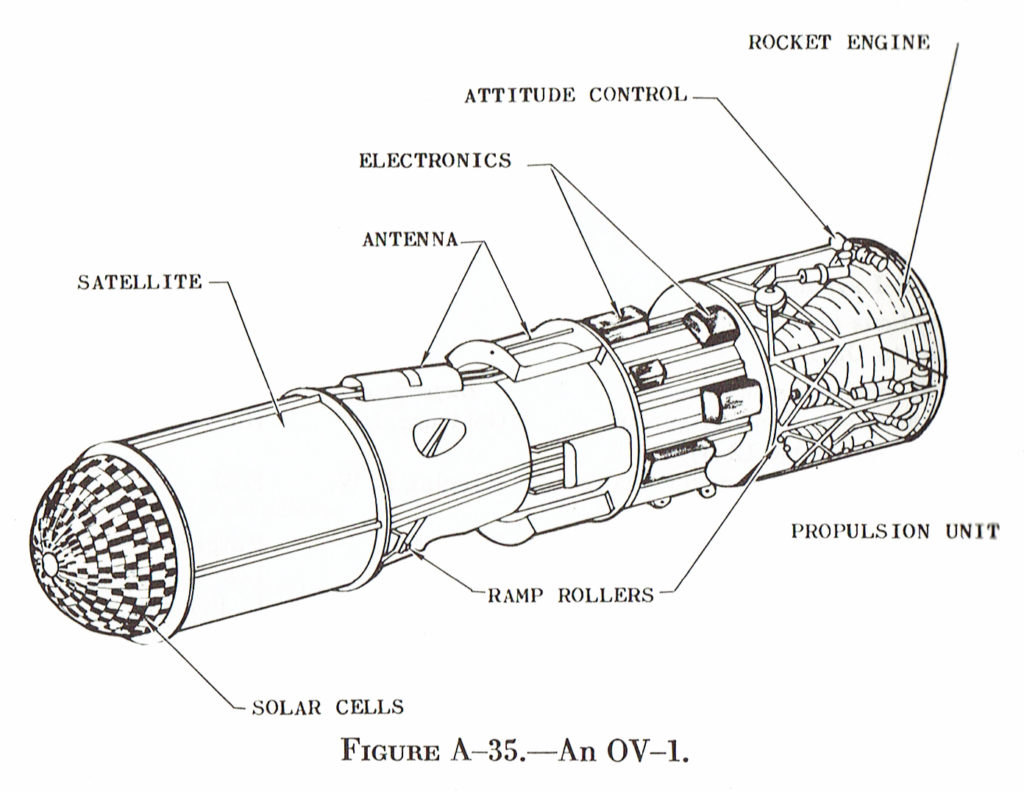
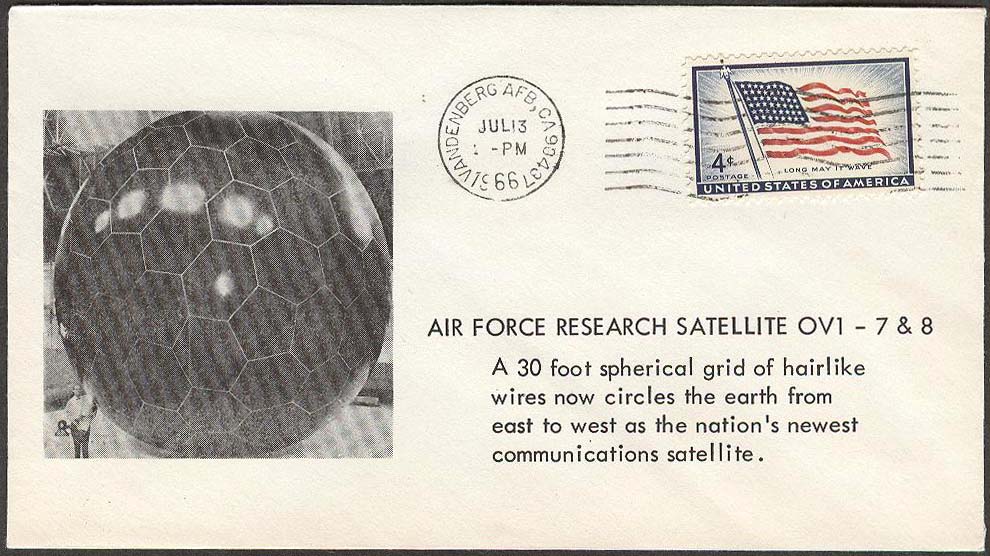

![[June 12, 1966] Which Way to Outer Space? (New Writings In SF 8)](https://galacticjourney.org/wp-content/uploads/2021/05/New-Writings-in-SF8-Cover-259x372.jpg)






![[June 8, 1966] Pyrrhic Victory (the flight of Gemini 9)](https://galacticjourney.org/wp-content/uploads/2021/06/s66-28075-672x372.jpg)





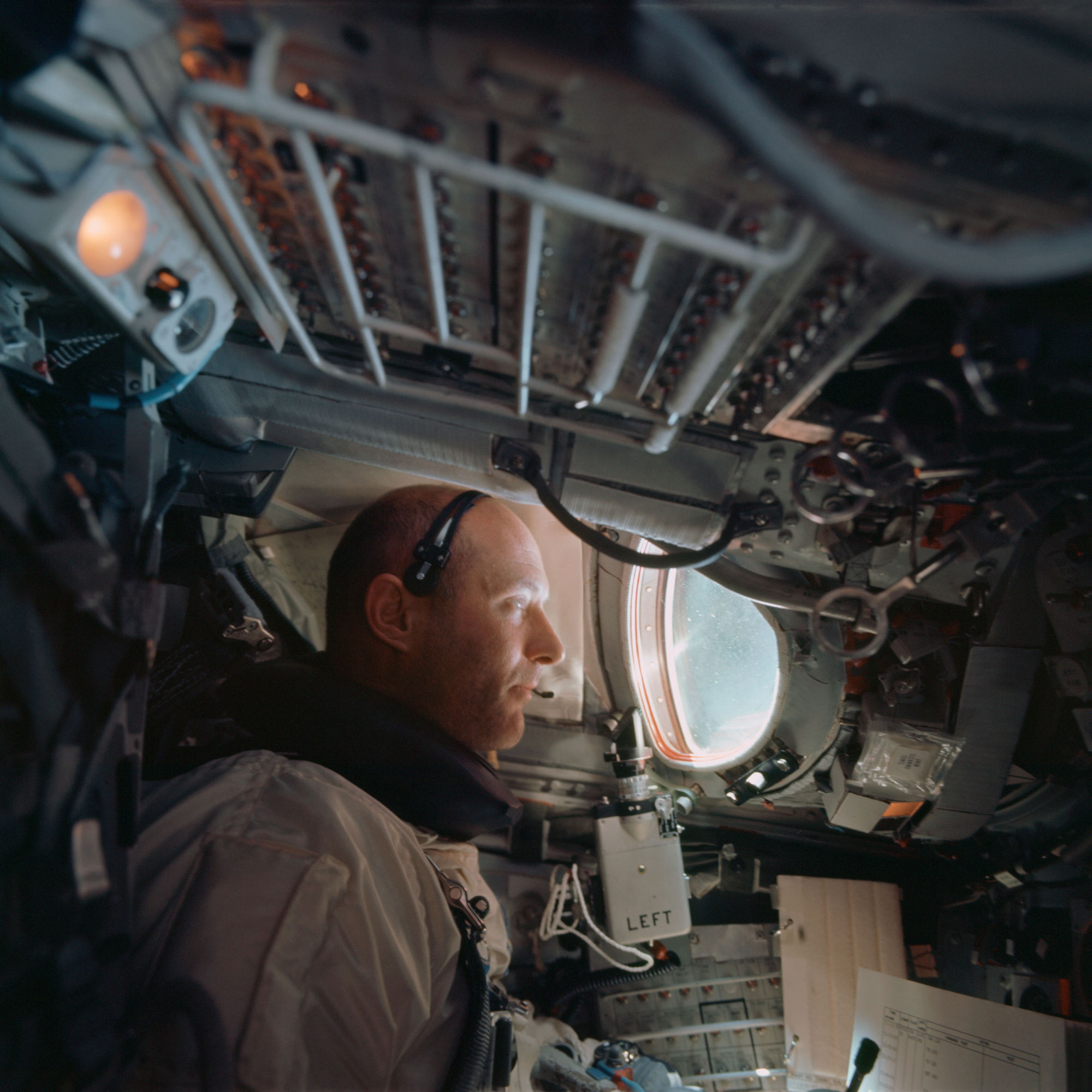

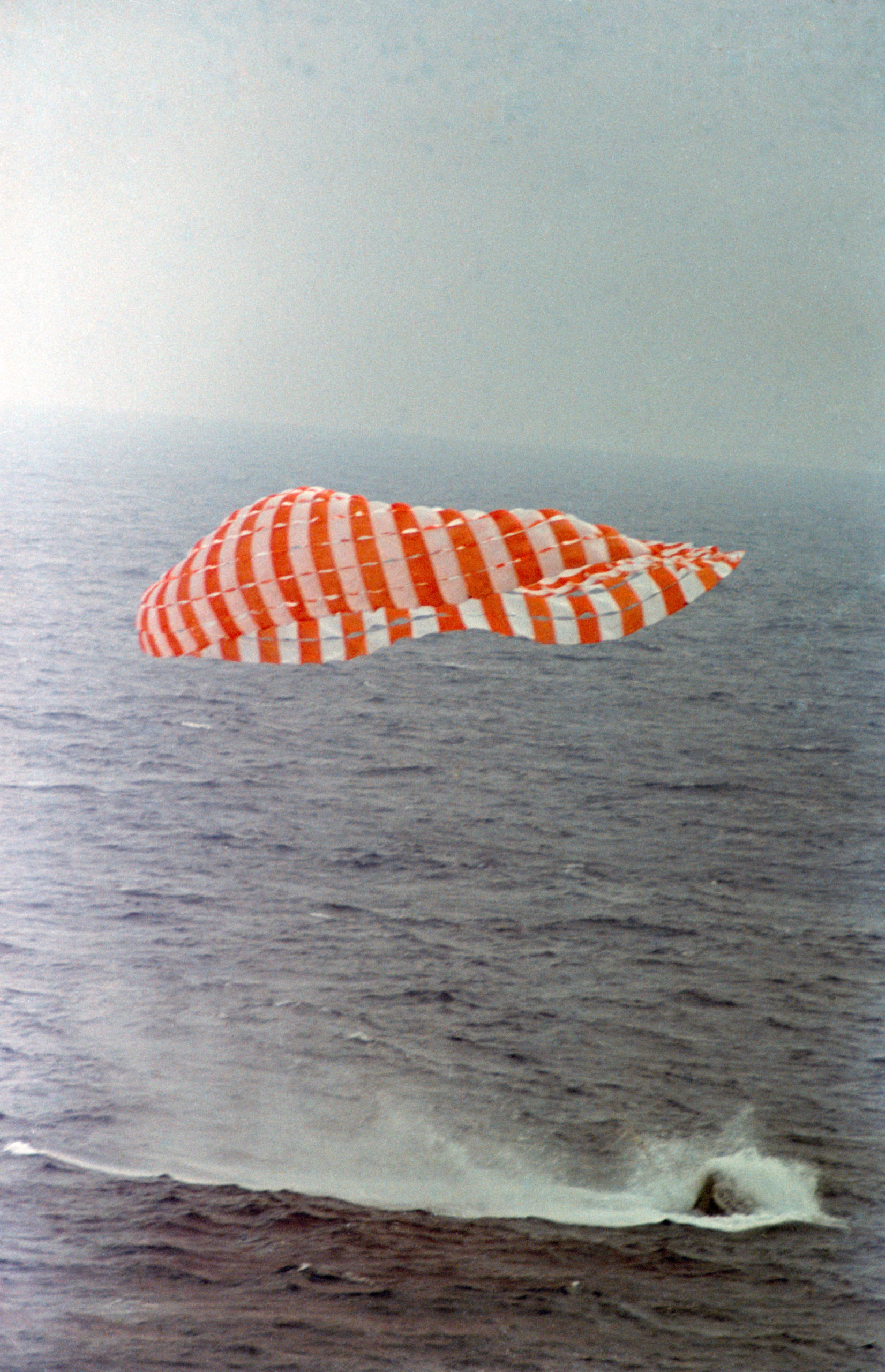

![[June 4, 1966] Over Under Sideways Down (Surveyor 1, Explorer 32, Kosmos 110 + 119!)](https://galacticjourney.org/wp-content/uploads/2021/06/660602surv2a-672x372.jpg)
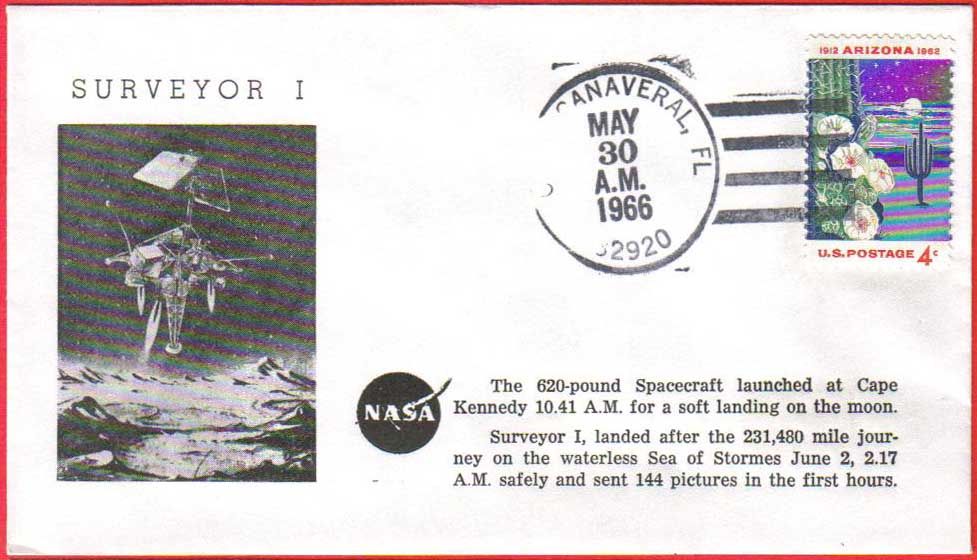
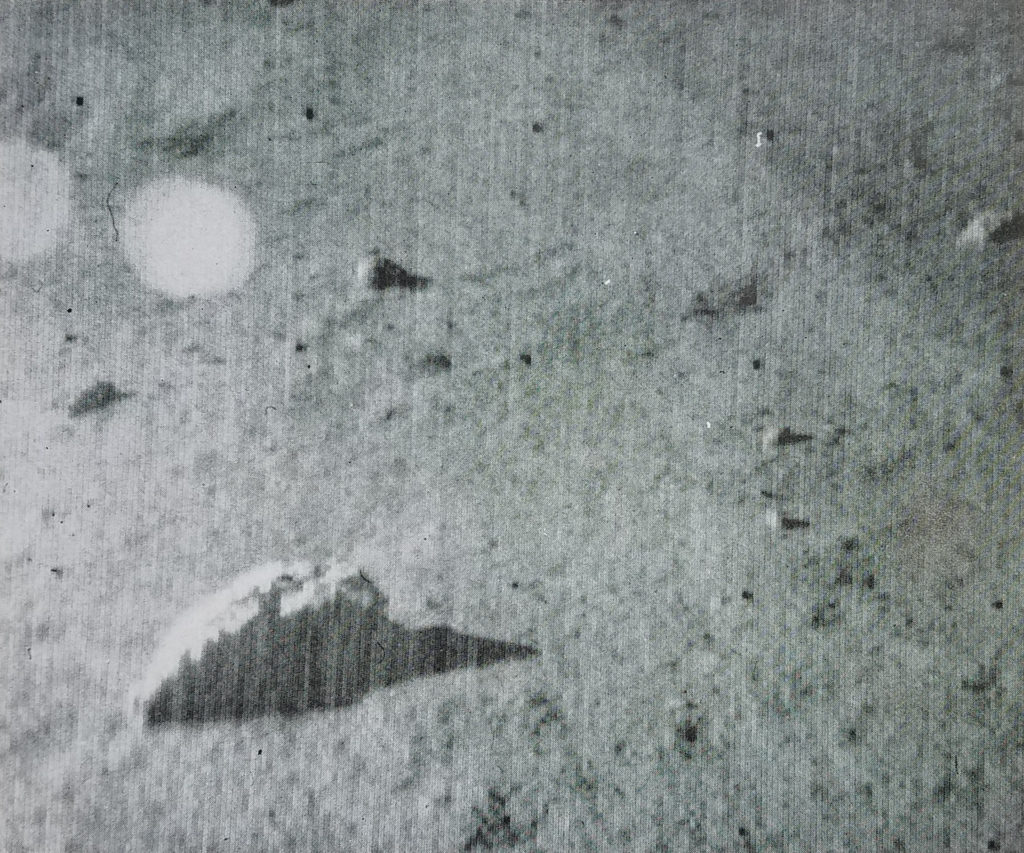
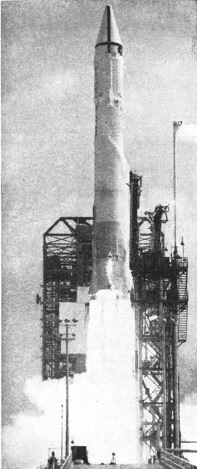
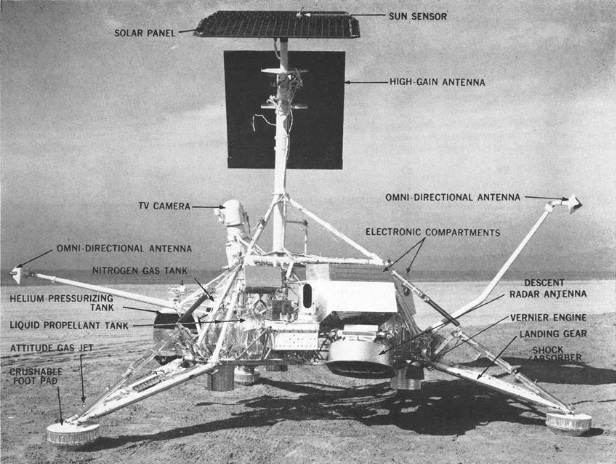
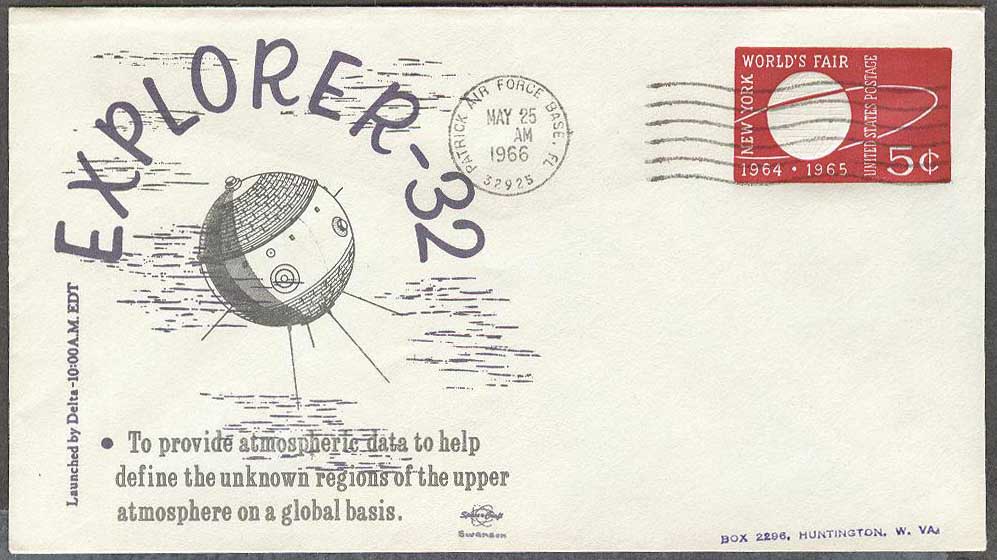
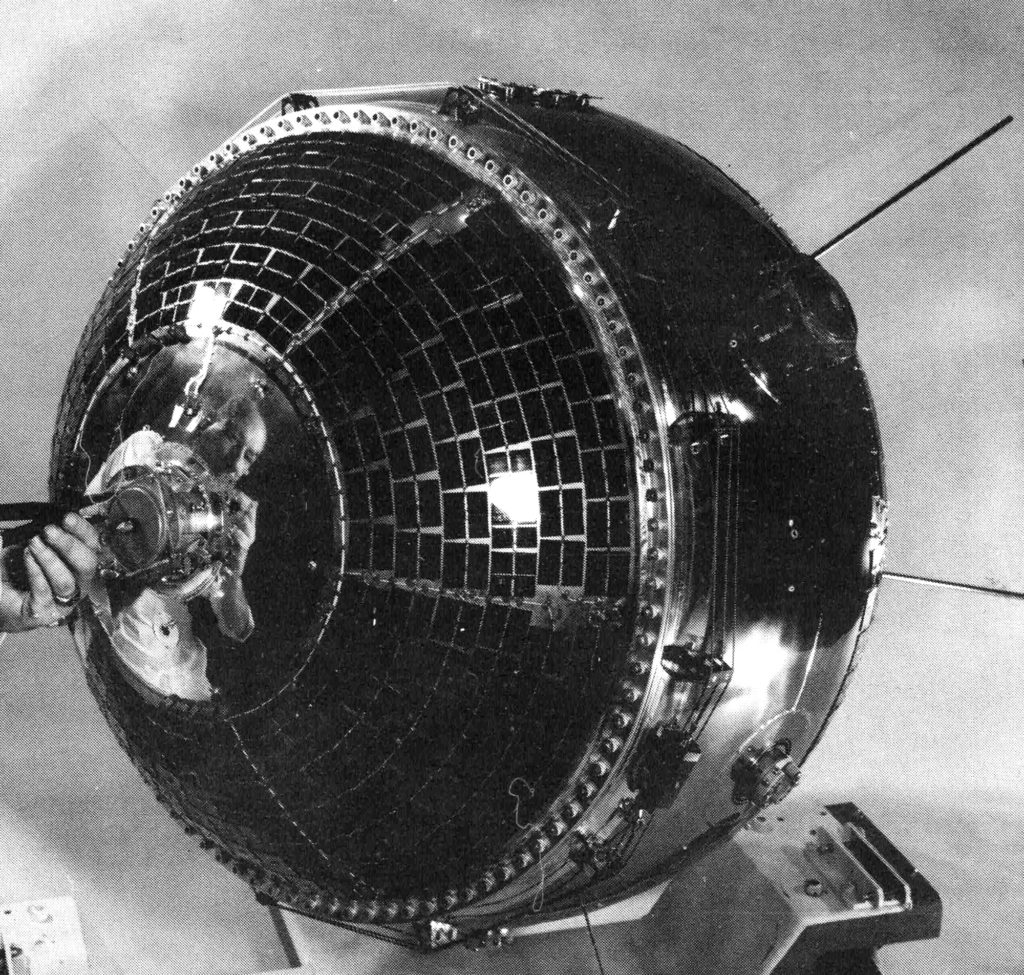
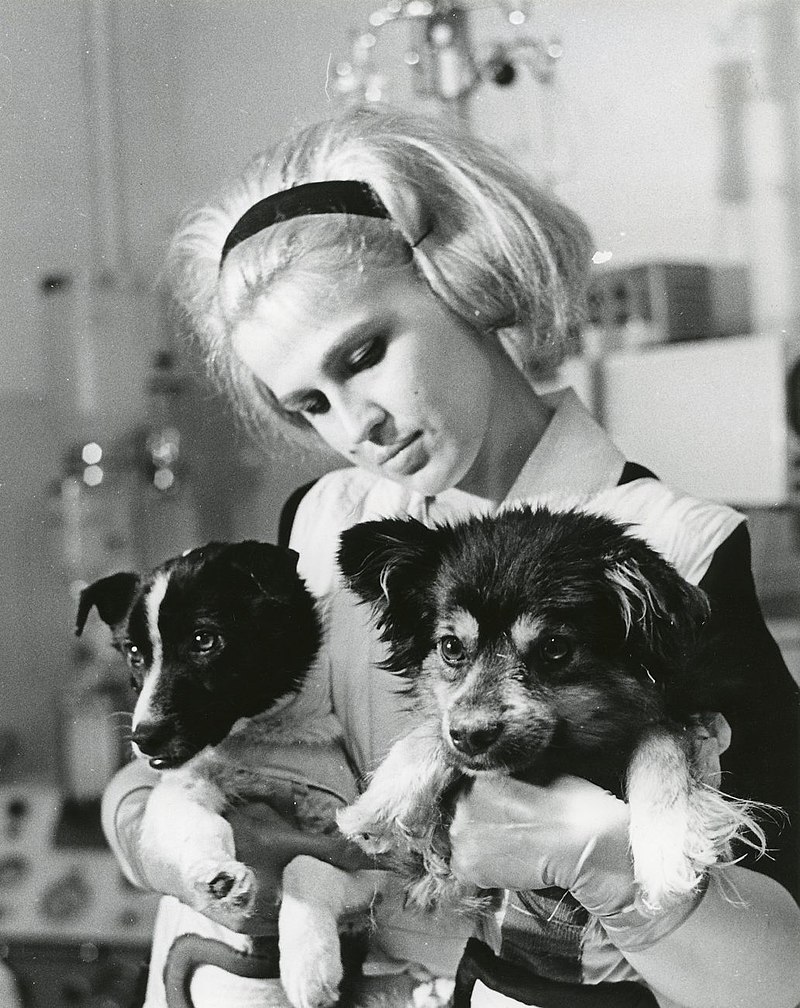
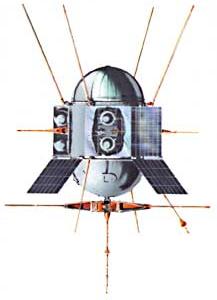

![[March 18, 1966] Taking Gemini for a Spin (Gemini 8)](https://galacticjourney.org/wp-content/uploads/2021/03/Gemini-8-Approaching-rendezvous-672x372.jpg)




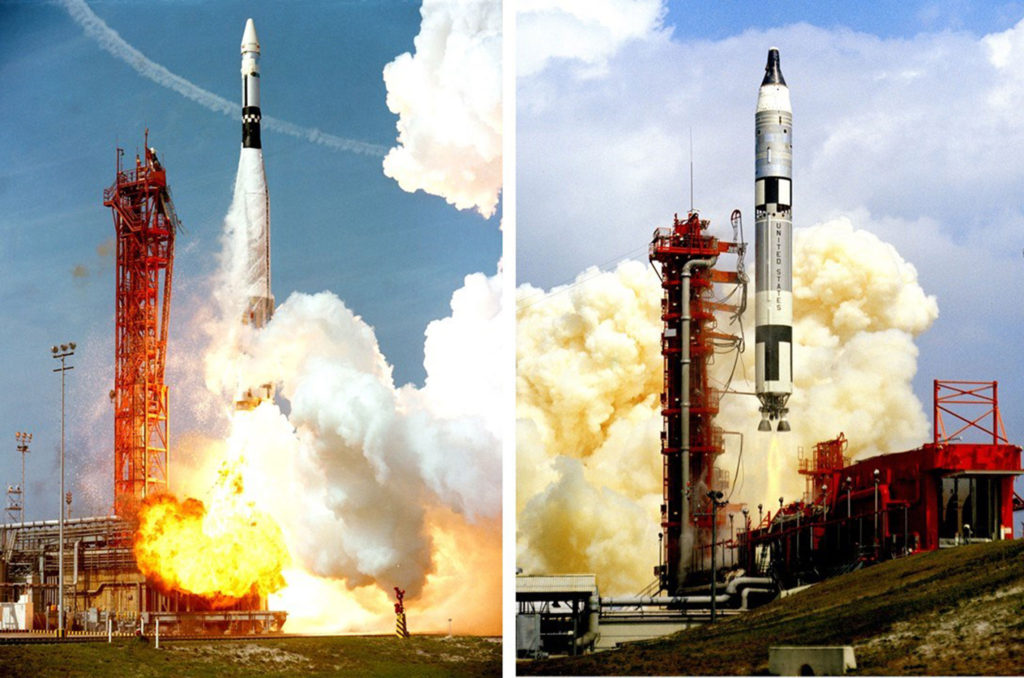

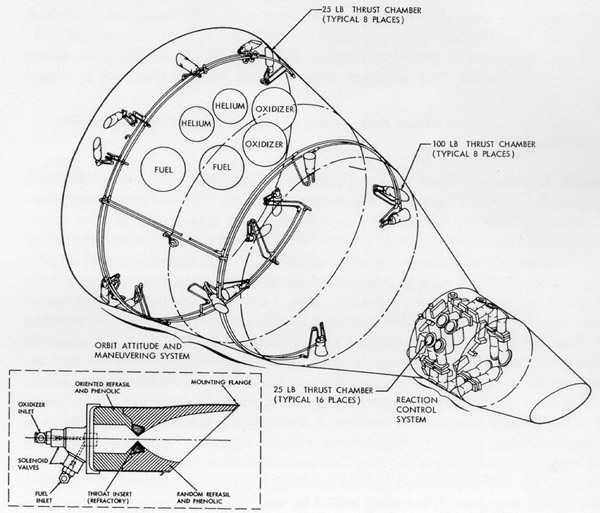

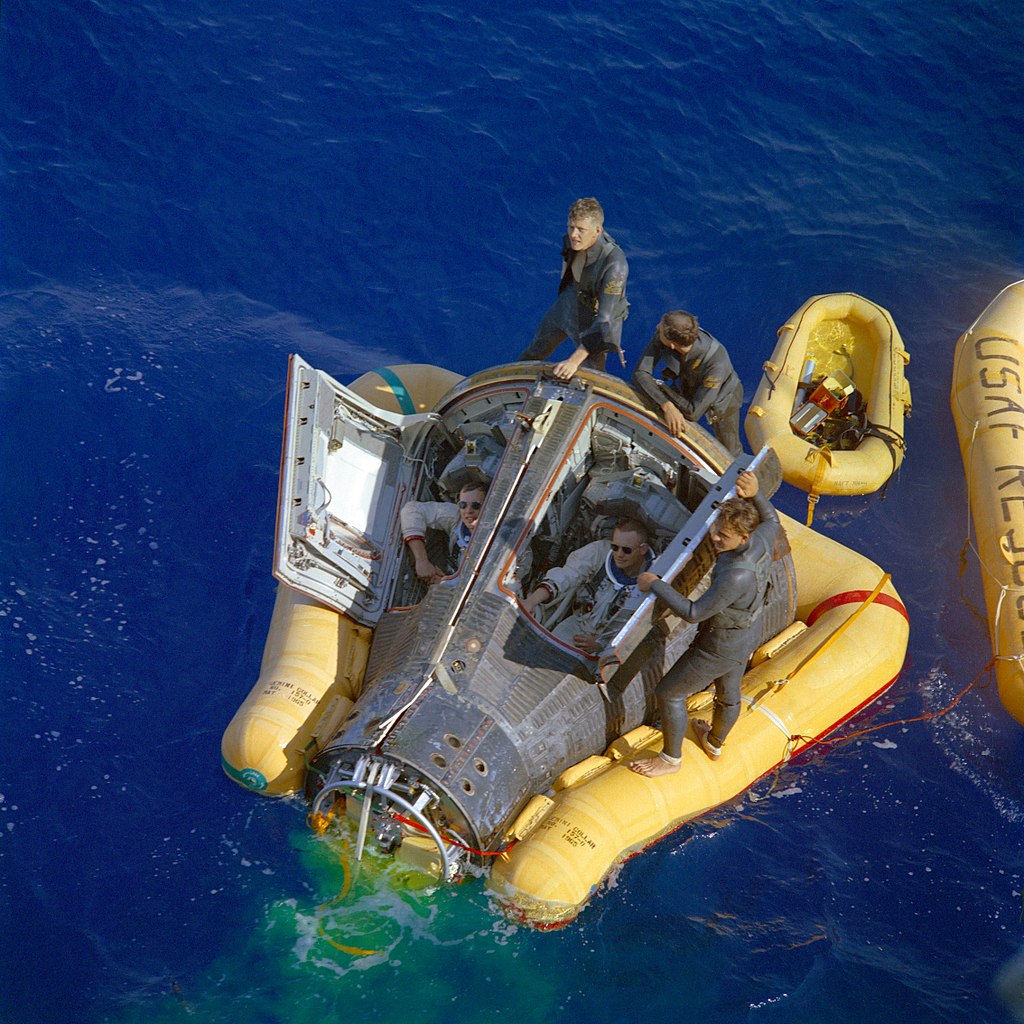

![[February 6, 1966] Hello, Stranger (exploring Space in Winter 65/66)](https://galacticjourney.org/wp-content/uploads/2021/02/660208luna9-539x372.jpg)







![[December 20, 1965] Rendezvous in space (Gemini 6 and 7)](https://galacticjourney.org/wp-content/uploads/2020/12/651215b3-672x372.jpg)
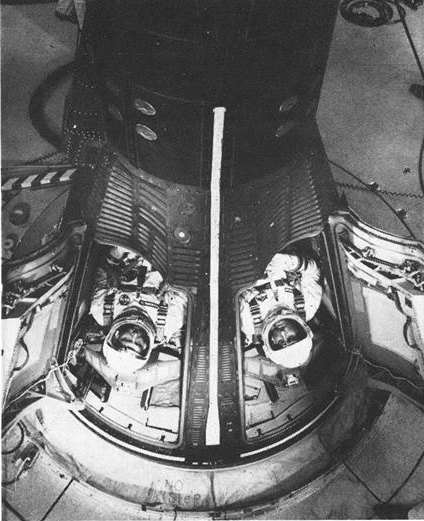
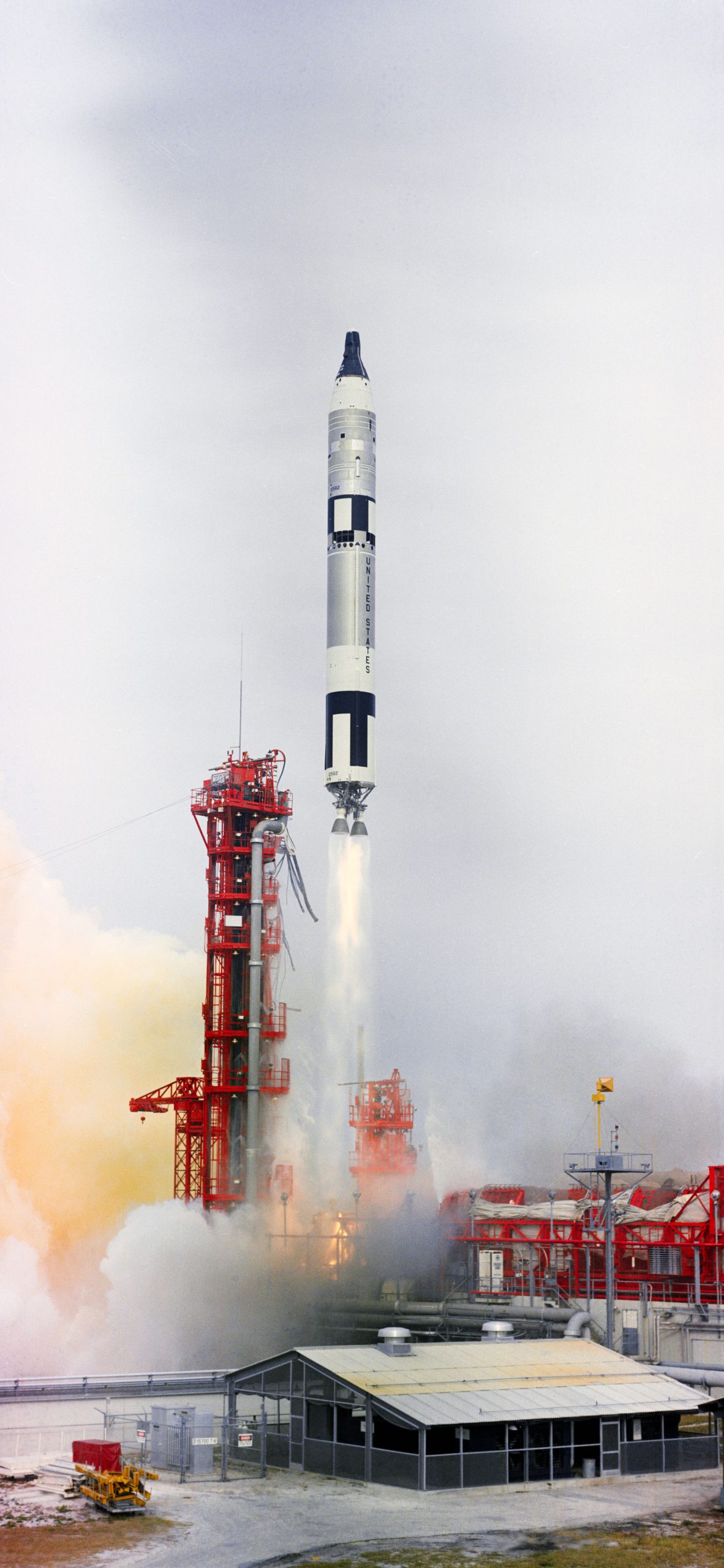
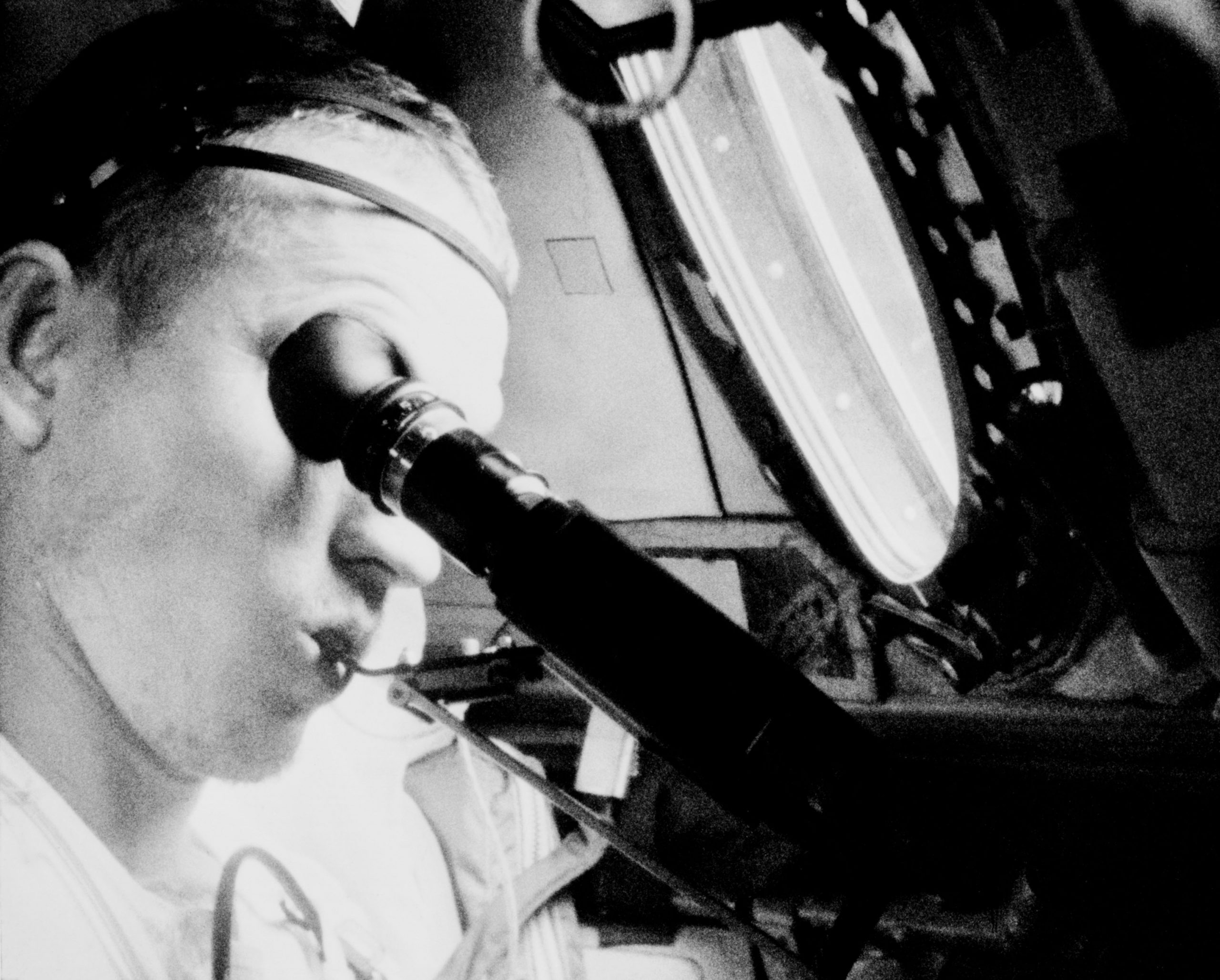

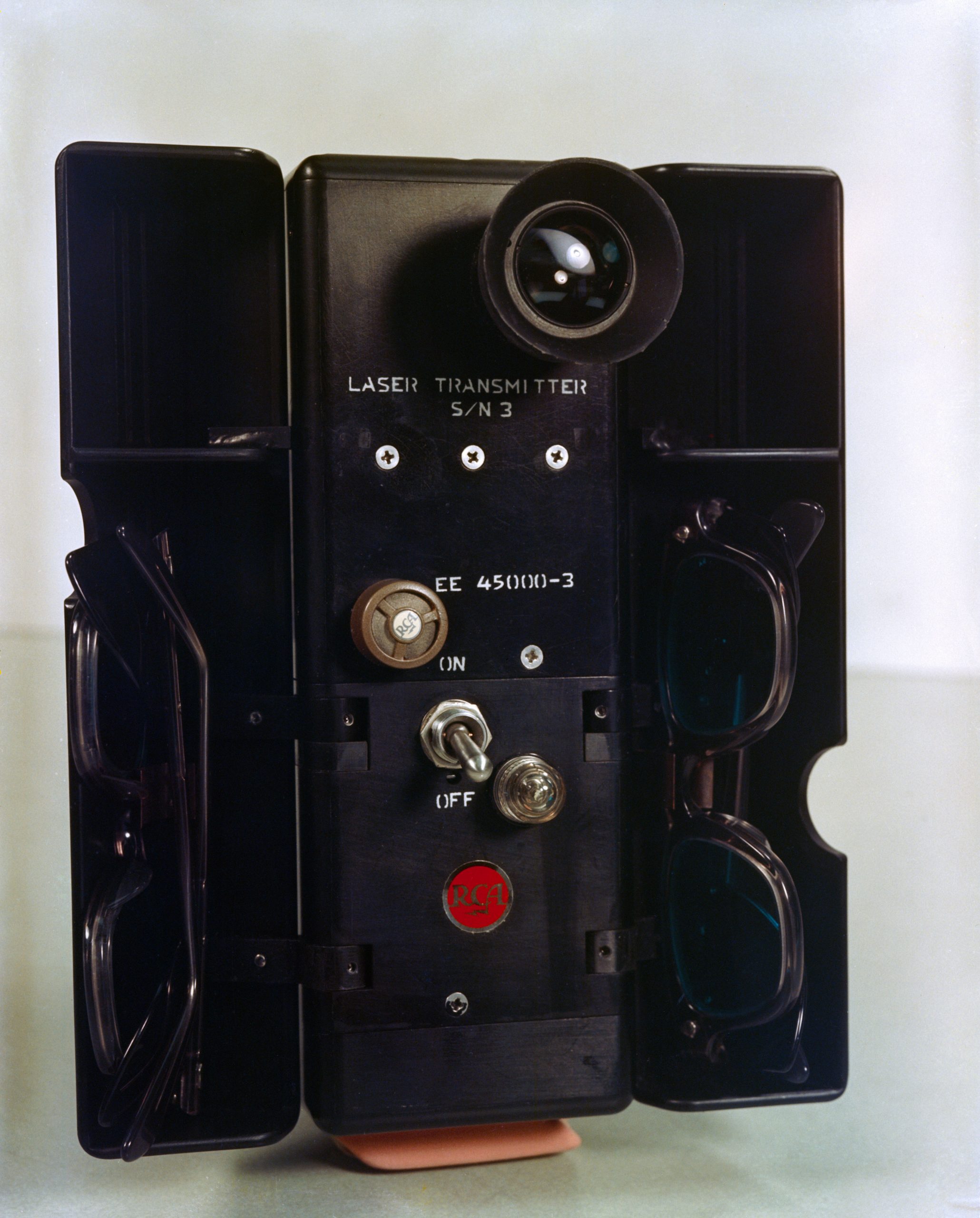
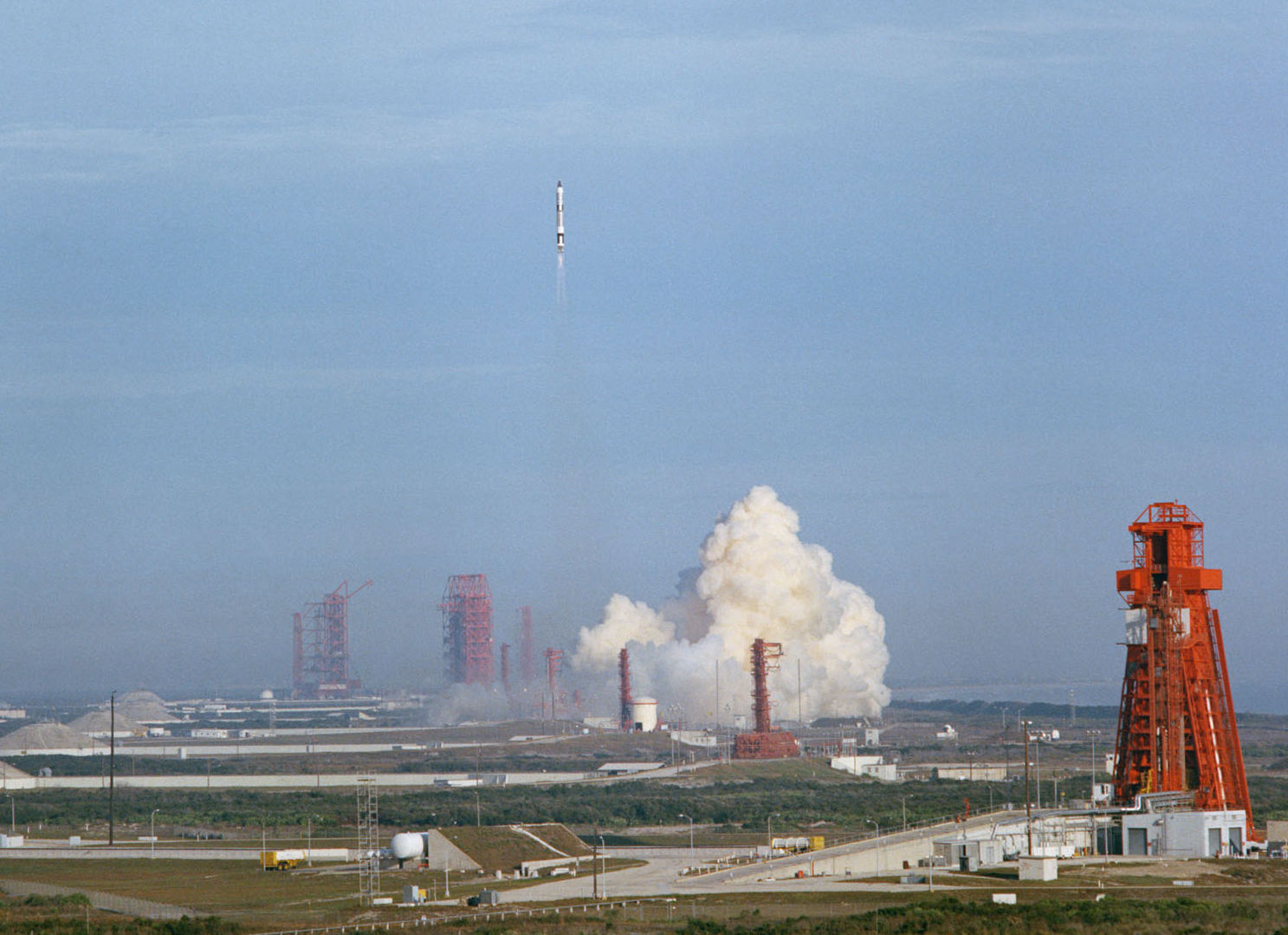
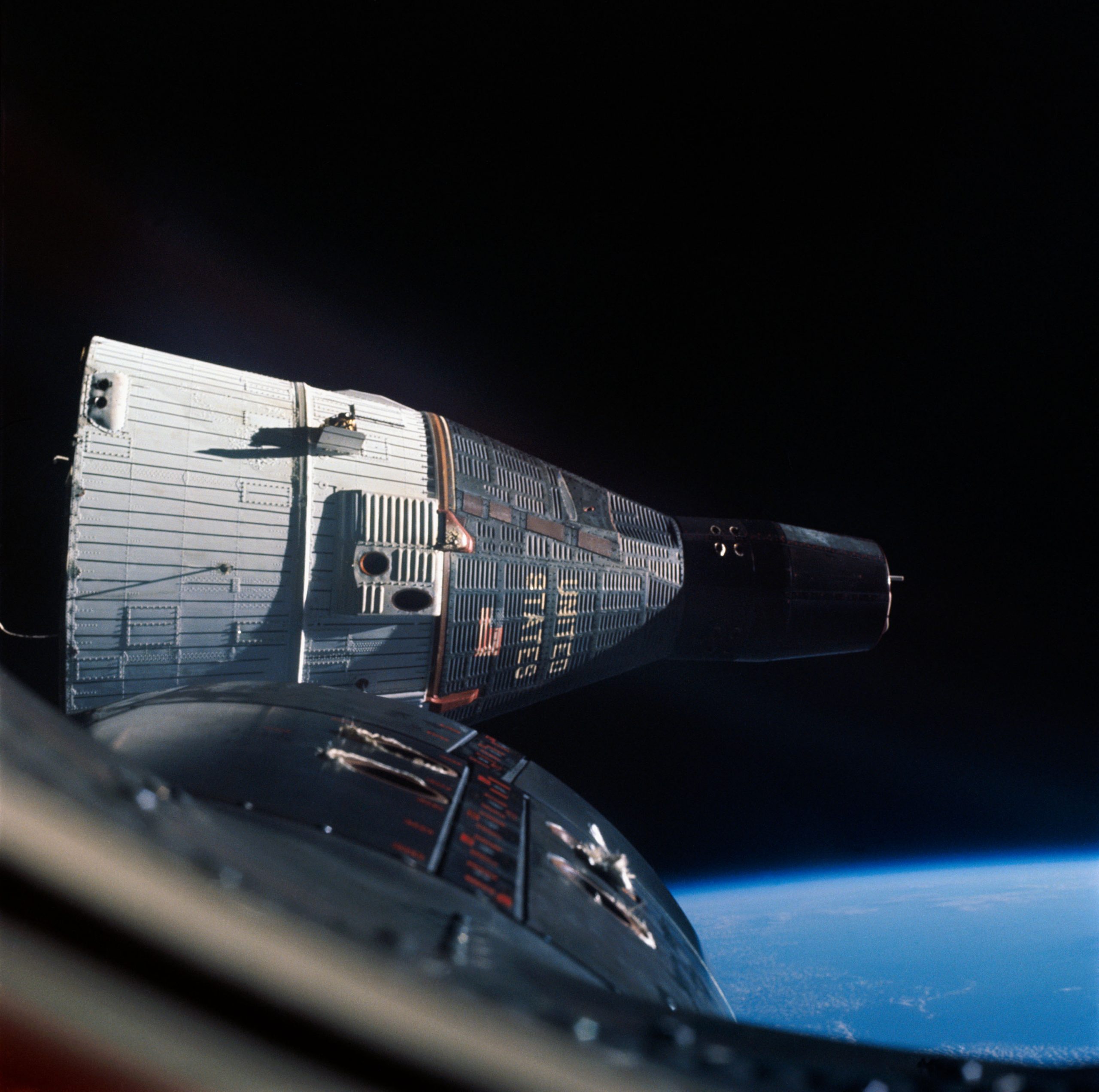

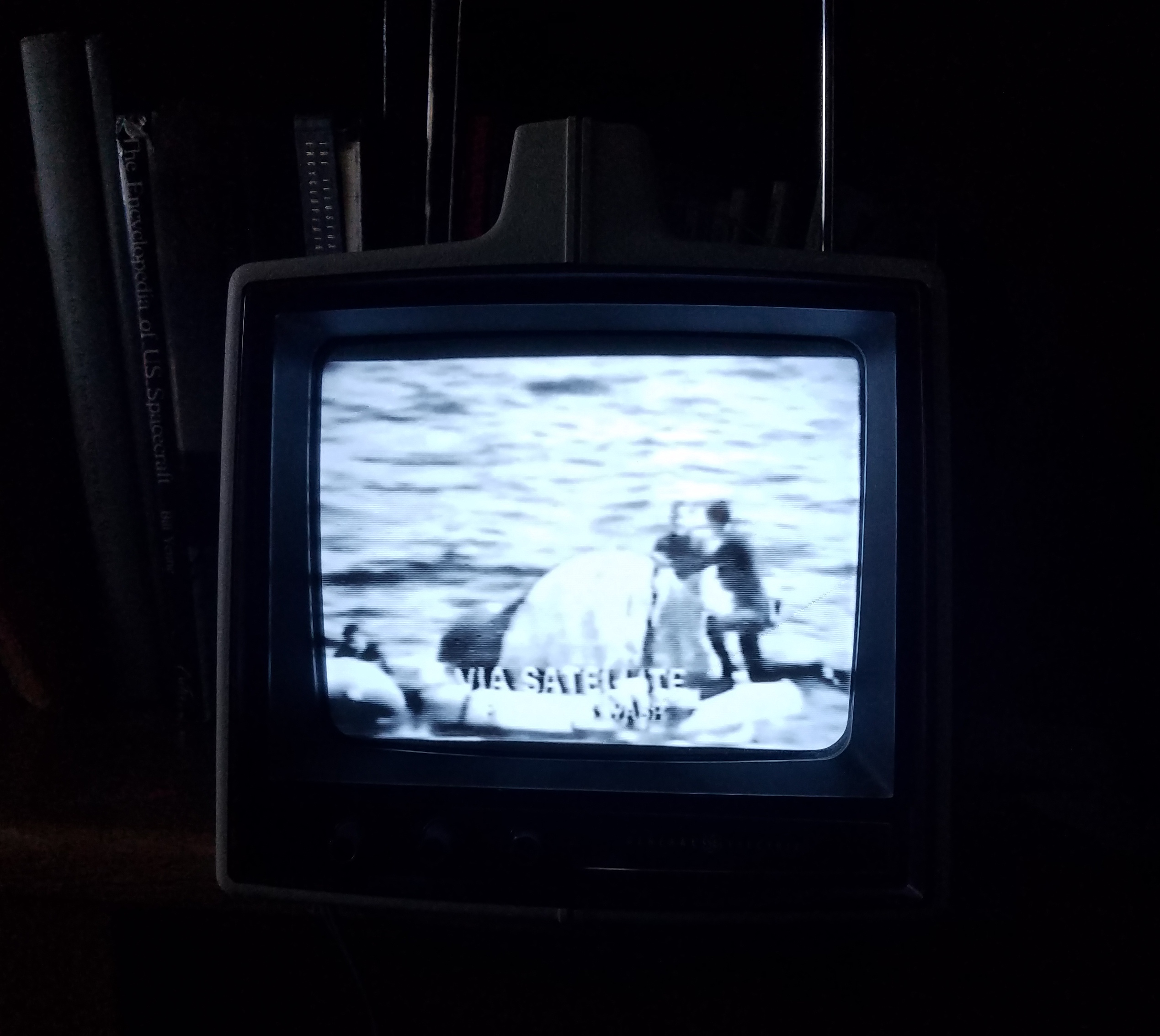
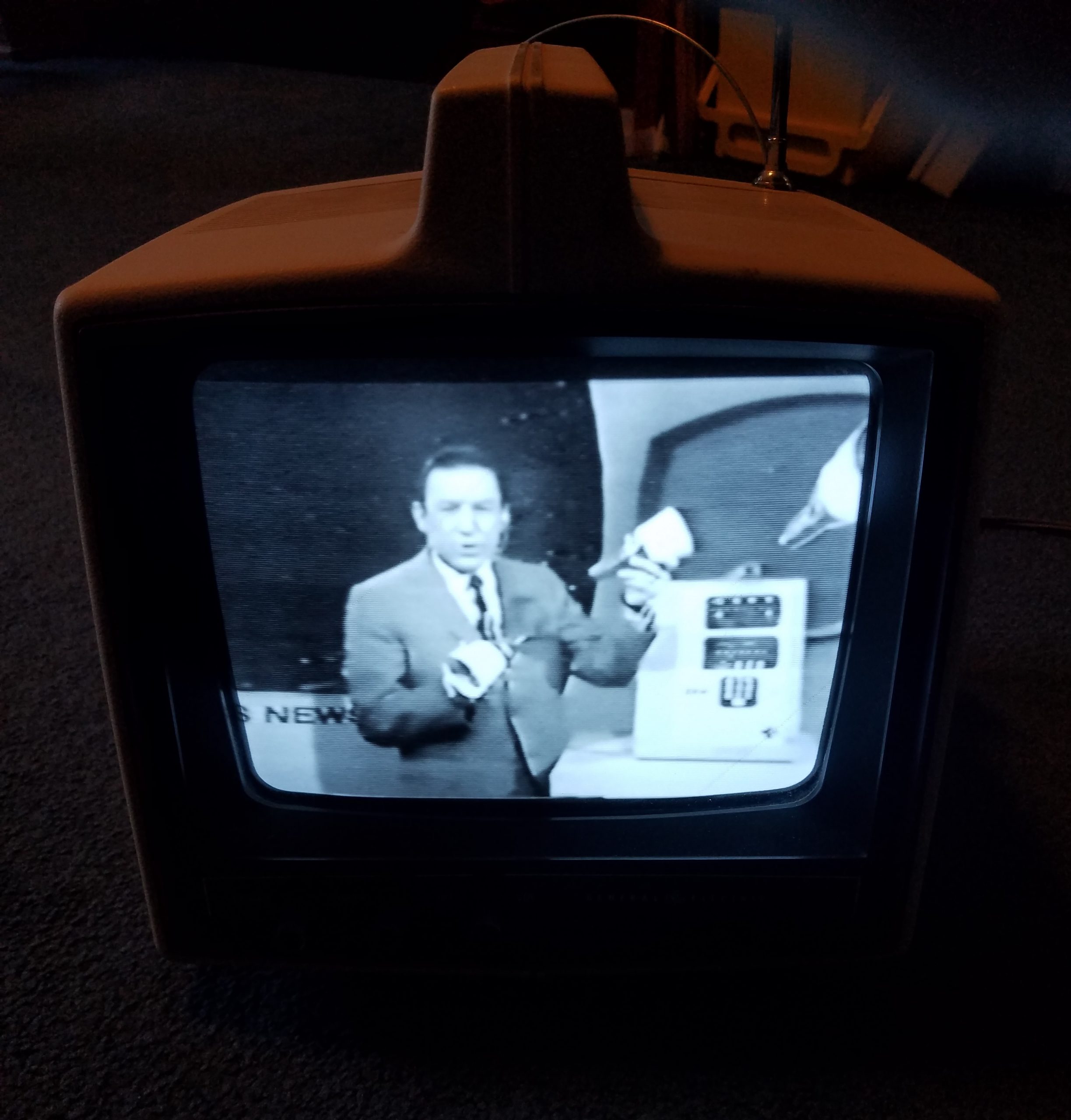
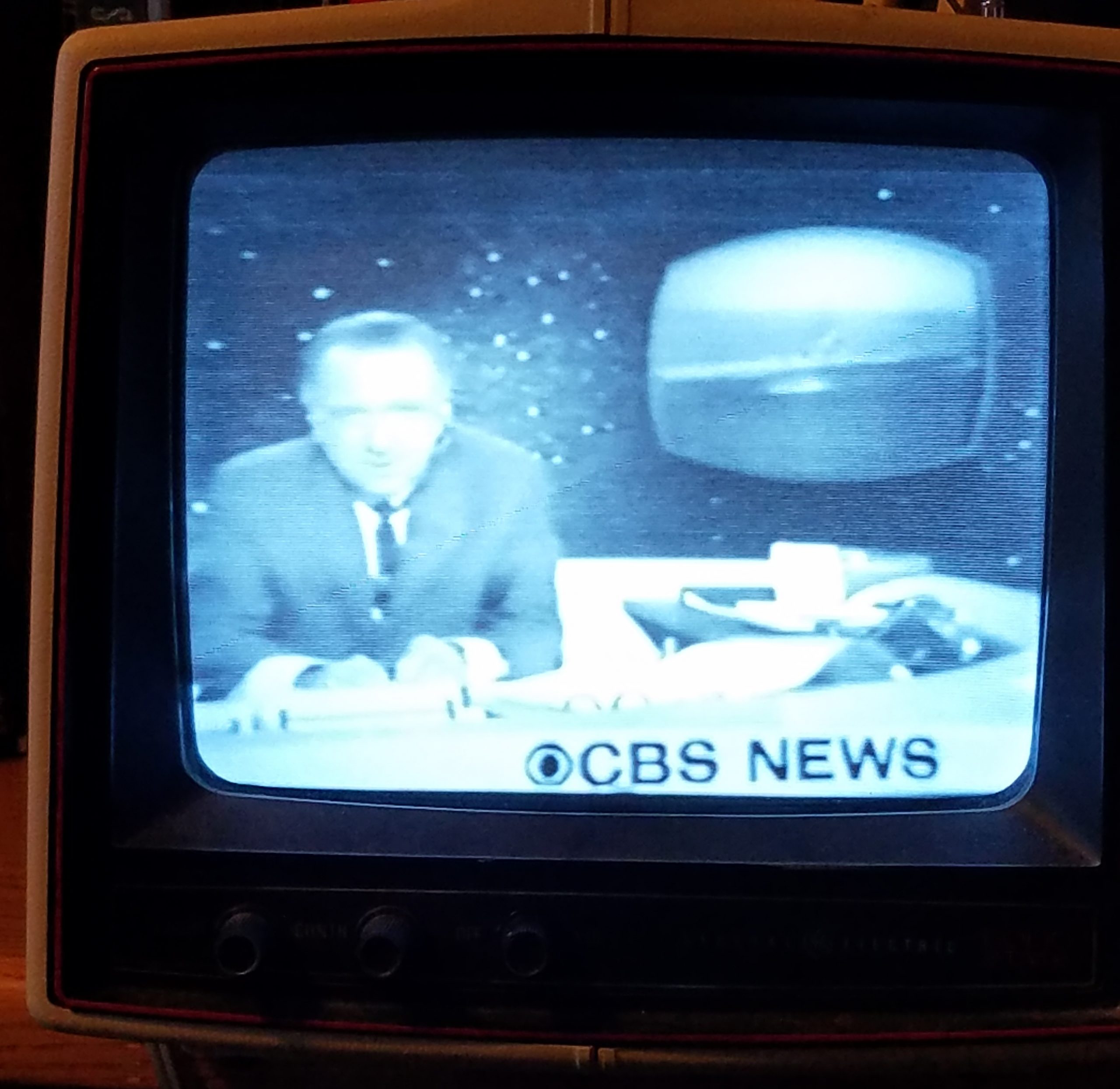

![[December 8, 1965] Space is Getting Crowded (A-1/Asterix, FR-1, Explorer-31, Alouette-2, Luna-8, Gemini-7](https://galacticjourney.org/wp-content/uploads/2020/12/Asterix-FDC-672x372.jpg)
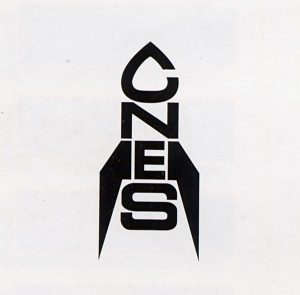
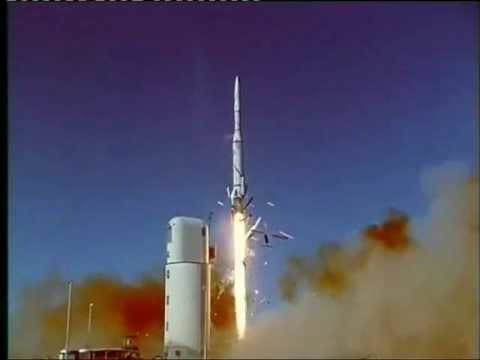
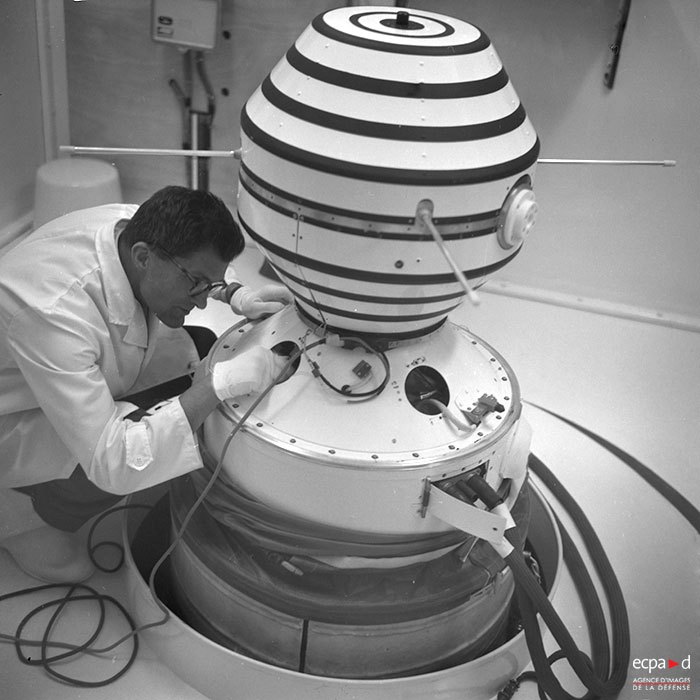
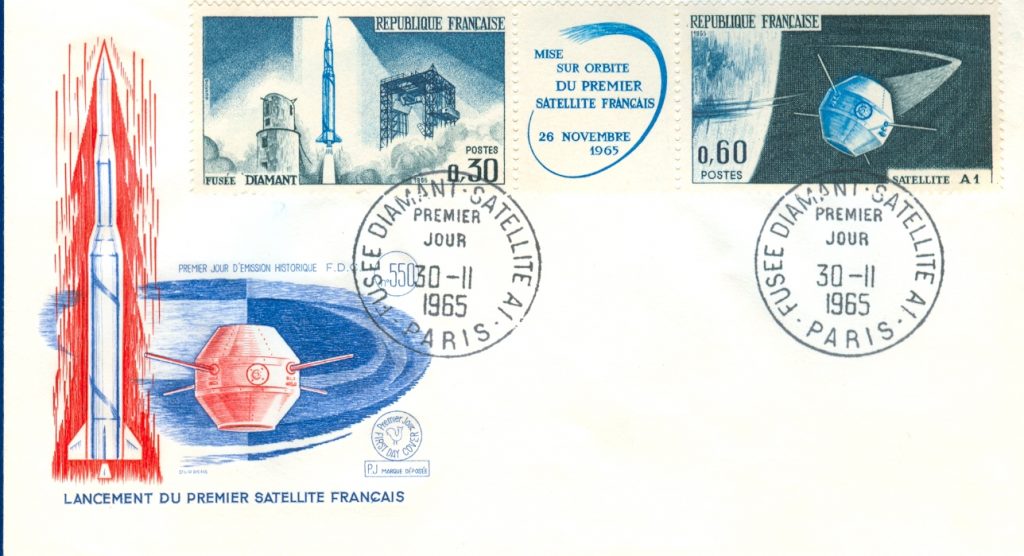
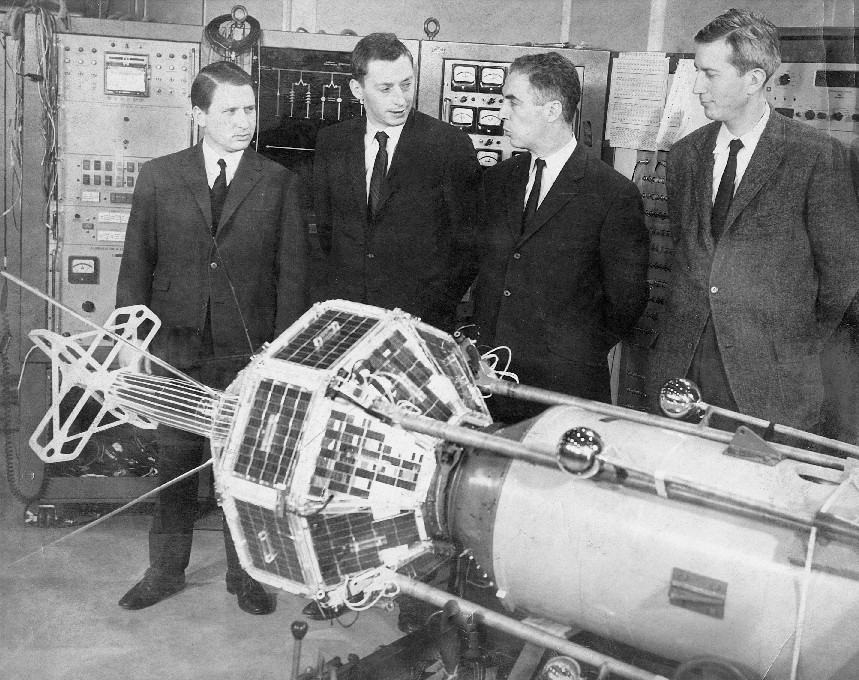

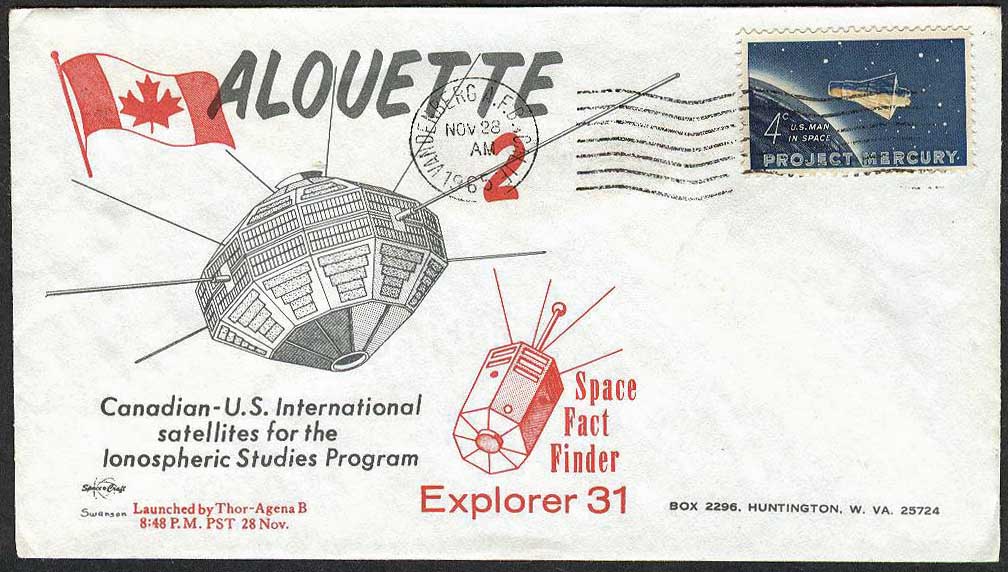
![[November 22, 1965] Keep on Exploring (Explorer-29 and 30 and Venera-2 and 3)](https://galacticjourney.org/wp-content/uploads/2020/11/Venera_2-672x372.jpg)

